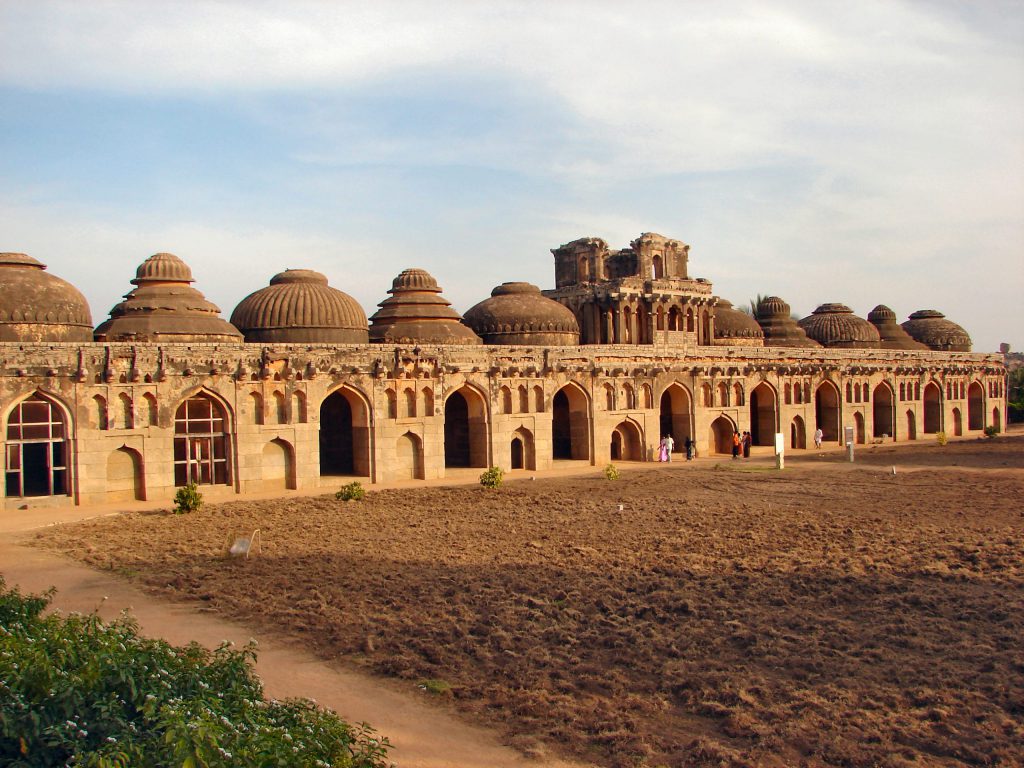
Unveiling the Mystery Surrounding the World’s Lost Cities
The world is rich with historical cities echoing the ancient civilisations of times gone by. Machu Picchu, Pompeii, Petra, and Cairo are all coveted sites that offer outstanding insights into world’s that are so different from what we know today. However, there are also a handful of locations in the world that have been forgotten, due to natural disaster, sieges, and economic and political downturn. Set aside some time to immerse yourself in some of the world’s lost cities.
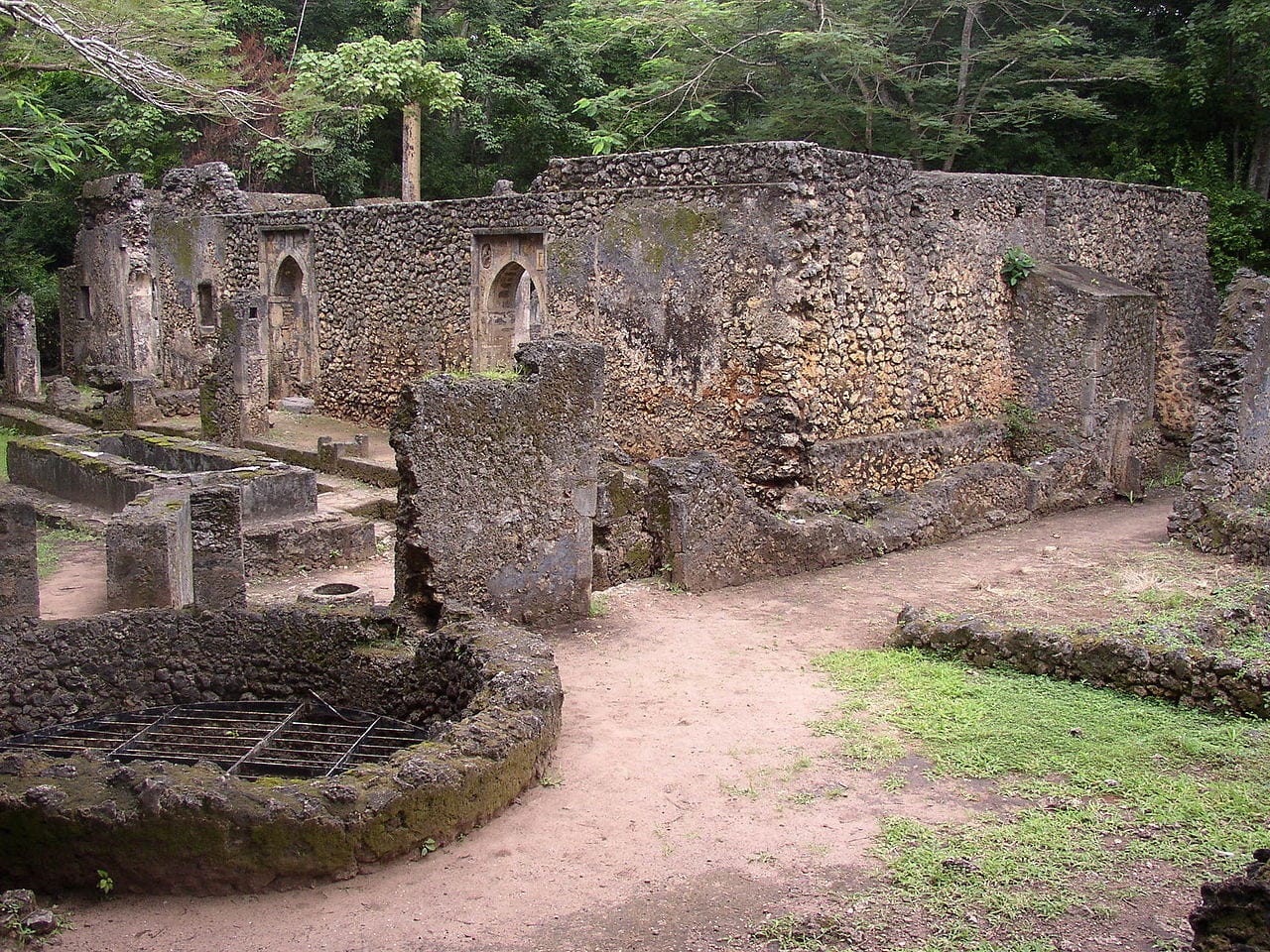 The Gedi Ruins, Kenya
The Gedi Ruins, Kenya
Primeval and gnarled trees cast shadows over the eerie Swahili ruins of Gedi. The abandoned city is shrouded from the world by dense tropical rainforest, although little seems to grow near the ruins themselves. Isolated and detached, the Gedi ruins are one of Kenya’s great mysteries. Located near the idyllic Indian Ocean coastline of eastern Kenya, the town is thought to have been erected in the 13th century, but scientists have little concrete evidence.
Research suggests that the town reached its peak in the 15th century, before abandonment in the first half of the 17th century. It is believed that the inhabitants of Gedi fled due to lack of water and the overhanging menace of the Galla, a hostile nomadic group from Somalia who were said to terrorise their victims and act with no mercy.
Today, all that remains of Gedi are numerous brick houses, a palace, and what was once thought to be an impressive mosque. Historians have always been perplexed by the city, which boasted running water and flushing toilets….between 1201 and 1300 AD. Not only was Africa far behind the rest of the world in terms of development, the city of Gedi was virtually cut off from the outside world. However, archaeologists have discovered Ming Chinese vases and Venetian glass, alluding to the fact that Gedi was not as untouched as first thought.
Gedi’s historical tapestry, strewn with evidence of Muslim inhabitants trading with cultures outside of Africa, is confusing and irrefutably intriguing. Due to decomposition, excavations since 1948 have uncovered little of the truth. The ruins are now protected by national park status, and official guides can take visitors through the magical relics.
Ctesiphon, Iraq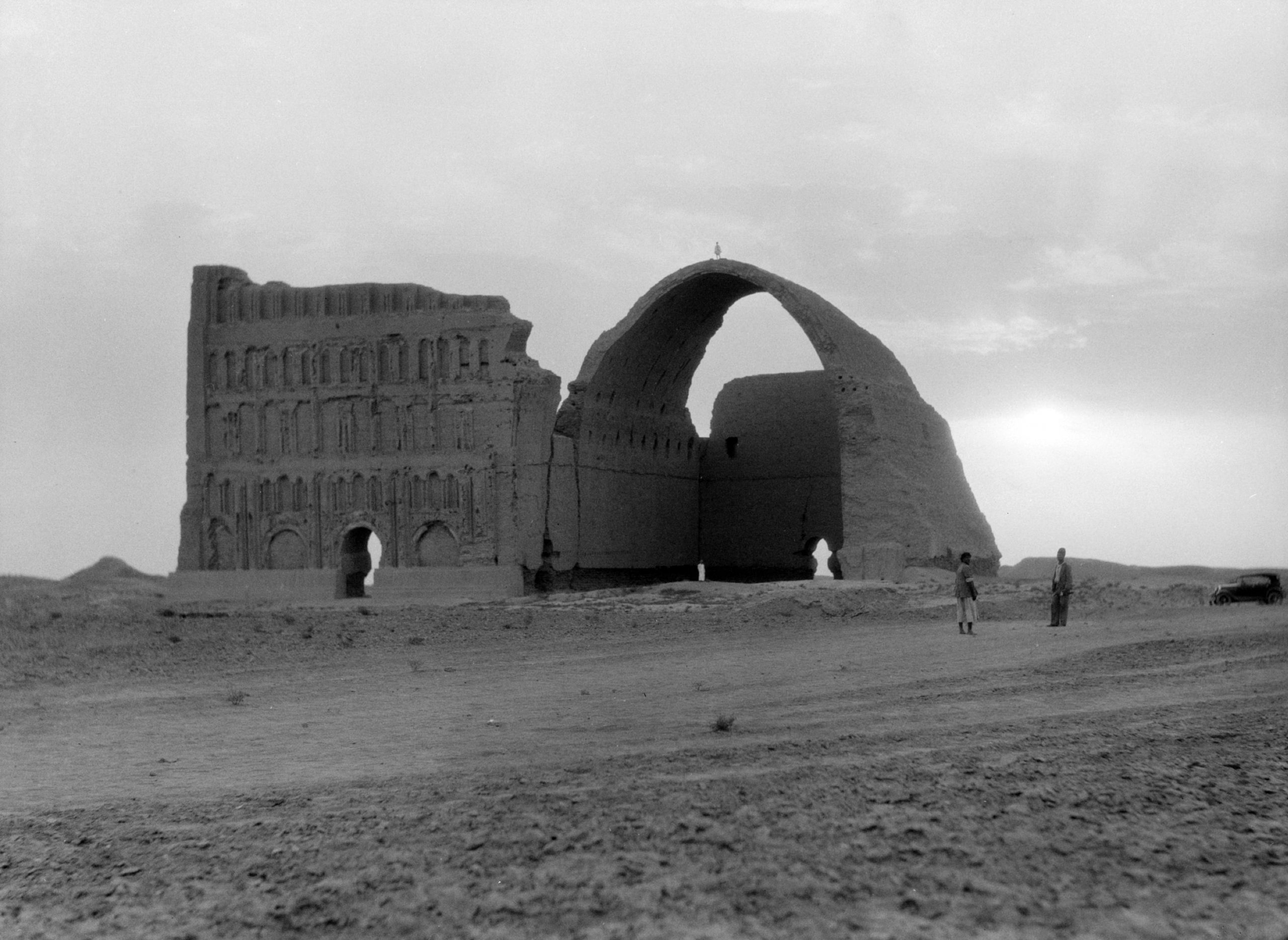
A desolate landscape of desert and rubble, cut by the inky blue of the River Tigris. The flat terrain is interrupted by the great Taq Kasra ruin; the stone archway an unbelievable architectural feat. Ctesiphon was an ancient city in Mesopotamia, founded in the 4th century BC, just 22 miles south-east of Baghdad.
The city stood throughout the Parthian and Sasanian periods, before falling to an attack from Muslim Arabs in 636 BC. The Sasanian royal family, nobles, and troops fled Taq Kasra Palace, allowing the Muslim military to seize the riches of the royal treasury and hold loyal troops captive. Political and economic decline fell upon the city of Ctesiphon after the invasion and it was not long before it became a ghost town.
All that stands of the forgotten city now is the Ruin of Ctesiphon; Taq Kasra Palace. The archway that dominates the skyline is the largest single-span of unreinforced brickwork in the world. Once the capital for Iranian dynasties, the structure came under attack once more during floods in 1909 and the Gulf War.
Visitors to Iraq can travel to Ctesiphon from Baghdad, but it is not an ancient site that many choose to visit. Luckily, a dedicated team of Iraqi and foreign archaeologists are painstakingly starting the task of restoring Taq Kasra to its former glory, reversing years of looting, neglect, and damage. As excavations begin, relics are being unveiled, uncovering important moments of Iraq’s ancient past.
Ephesus, Turkey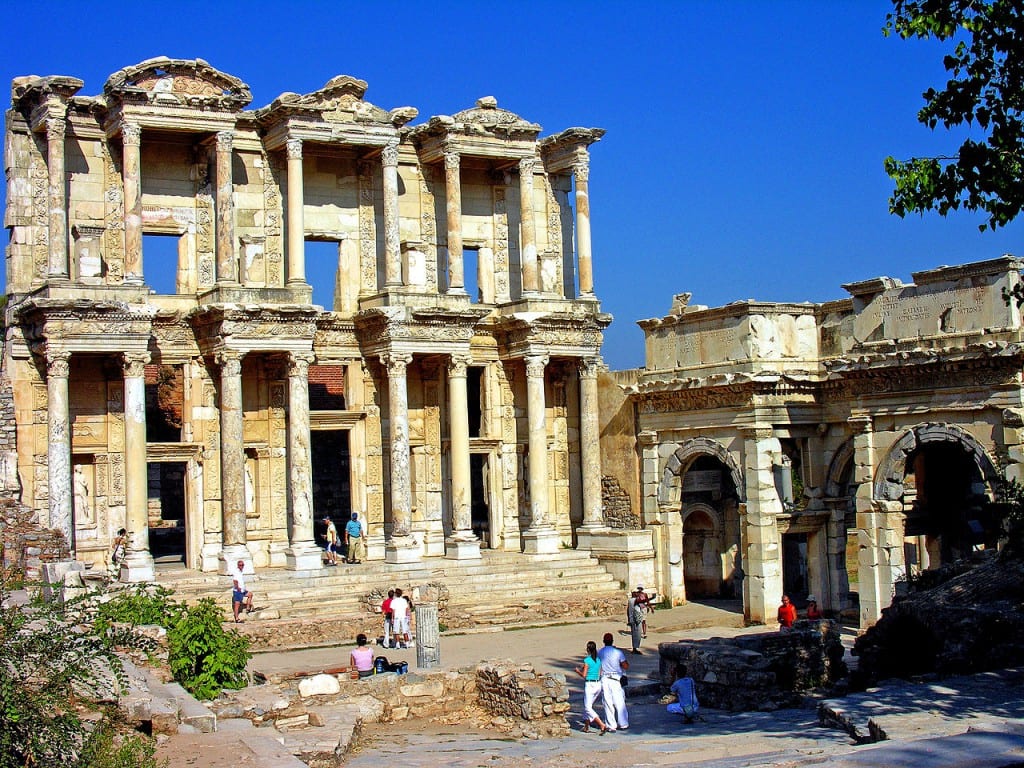
The sleepy farming town of Selcuk is awash with white buildings with terracotta rooves, nestled amongst lush vegetation. However, cast your eyes south-west and you will be met with the ancient city of Ephesus, just a mile into the distance. In stark contrast to the rural setting of Selcuk, Ephesus stands unashamedly, the ancient ruins of the city jutting out of the valley basin within which it sits.
Unsurprisingly, Ephesus is a UNESCO World Heritage Site, meaning it is easily accessible for visitors. The city was established as a port in the 10th century BC and was the trade centre of the ancient world, as well as a religious centre for early Christianity.
When considering the seven wonders of the ancient world, people remember the Great Pyramid of Giza, and statue of Zeus at Olympia. However, the Temple of Artemis in the city of Ephesus is often forgotten. Philo of Byzantium (a Greek engineer and writer) gushed when he set his eyes on the Temple for the first time, claiming that the other six wonders of the world were “put in the shade” when he “saw the temple at Ephesus rising to the clouds”. Sadly, the temple was destroyed in an arson attack in 356 BC. All that now remains are a few lonesome pillars, as well as artefacts dotted around in various prestigious museums globally.
Despite the destruction of the greatest Temple to have ever stood, visitors comment on a quiet poignancy to visiting the site. The city of Ephesus is one of the world’s most incredible outdoor museums, with a plethora of temples, basilicas, and city buildings to have visitors exploring for hours on end.
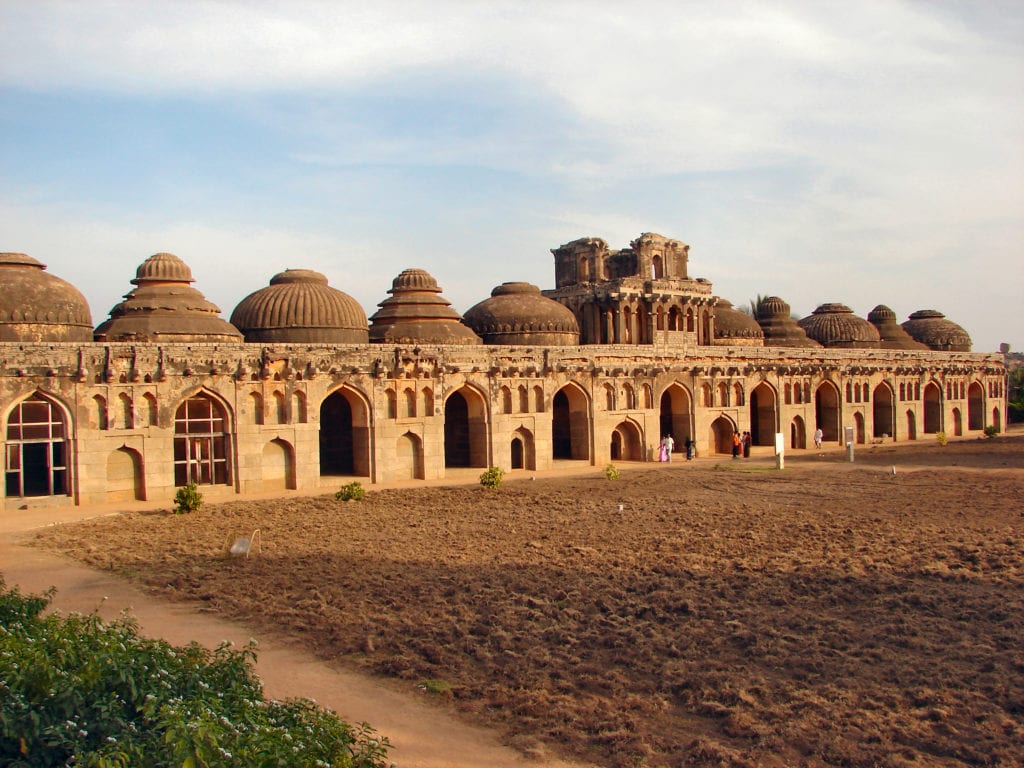 Vijayanagara, India
Vijayanagara, India
Few in the world have heard of the enigmatic Vijayanagara. The bewitching city was built in 1500 AD and was the hub of the greatest empire Southern Indian has ever seen. Historian Robert Sewell, who was a Keeper of the Madras Office during the period of colonial rule in India, was astounded by the countless shops and bazars filled with people from different nationalities. During its time as the capital city of the historic Vijayanagara Empire, it was home to the world’s second largest population, after Beijing.
Vijayanagara translates as City of Victory, and it is now better known as the Ruins of Hampi, a UNESCO World Heritage Site. Virupaksha Temple stands 160 feet above visitors, and is a structure located in what is known as The Sacred Centre. As well as being a bustling commercial and military encampment during its prime, it was also an important centre of religious pilgrimage, with 140 temples and sacred shrines having been excavated.
Today, the majestic ruins of Vijayanagara sit on the bank of the Tungabhadra River. It is undeniably one of the most historically and religiously significant places in the whole of India and, those who make the journey are mesmerised by the stone carvings and the unreal landscape.
Vijayanagara is one of the oldest surfaces that can be viewed on earth and spans an impressive 26km2. Those who want to explore the relics often rent mopeds from Hampi Bazaar and navigate the vast ancient empire using maps and gut instinct.
Chernobyl, Ukraine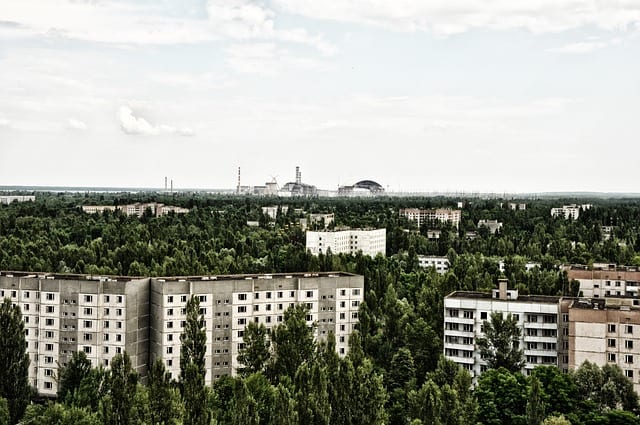
The most famous lost city in the world, Chernobyl was at the epicentre of the world’s most disastrous nuclear accident in history. Although many vaguely understand what happened in the Ukrainian city, there is still an air of mystique that surrounds the ghost town. 230 self-settlers remain in the 30-kilometre exclusion zone covering Chernobyl’s toxic wasteland; contaminated with radioactive isotopes.
In April 1986, a flawed reactor was operated by inadequately trained personnel, resulting in a steam explosion and fires. The catastrophic blast released 5% of the radioactive reactor core into the atmosphere. Two workers died immediately due to injury and, as the months drew on, deaths of operators and firemen who were involved in the aftermath were the norm. Acute Radiation Syndrome was diagnosed in 237 people who has been on-site, or involved in the clean-up operation.
As well as contaminating the land, water and food sources were also tainted with deadly radioactive isotopes. Thyroid cancer in children was one of the main impacts from the accident, as well as cataracts, cardiovascular disease, and psychological health issues. To this day, children are being born severely handicapped and physically mutated due to the radiation pumped in to the air 30 years ago.
Today, visitors can visit the Exclusion Zone at Chernobyl, but are screened before and after they enter the restricted space. They are warned not to sit down or touch anything during their visit as they walk the eerie streets, and explore Cold War buildings that are forever stuck in 1986.
